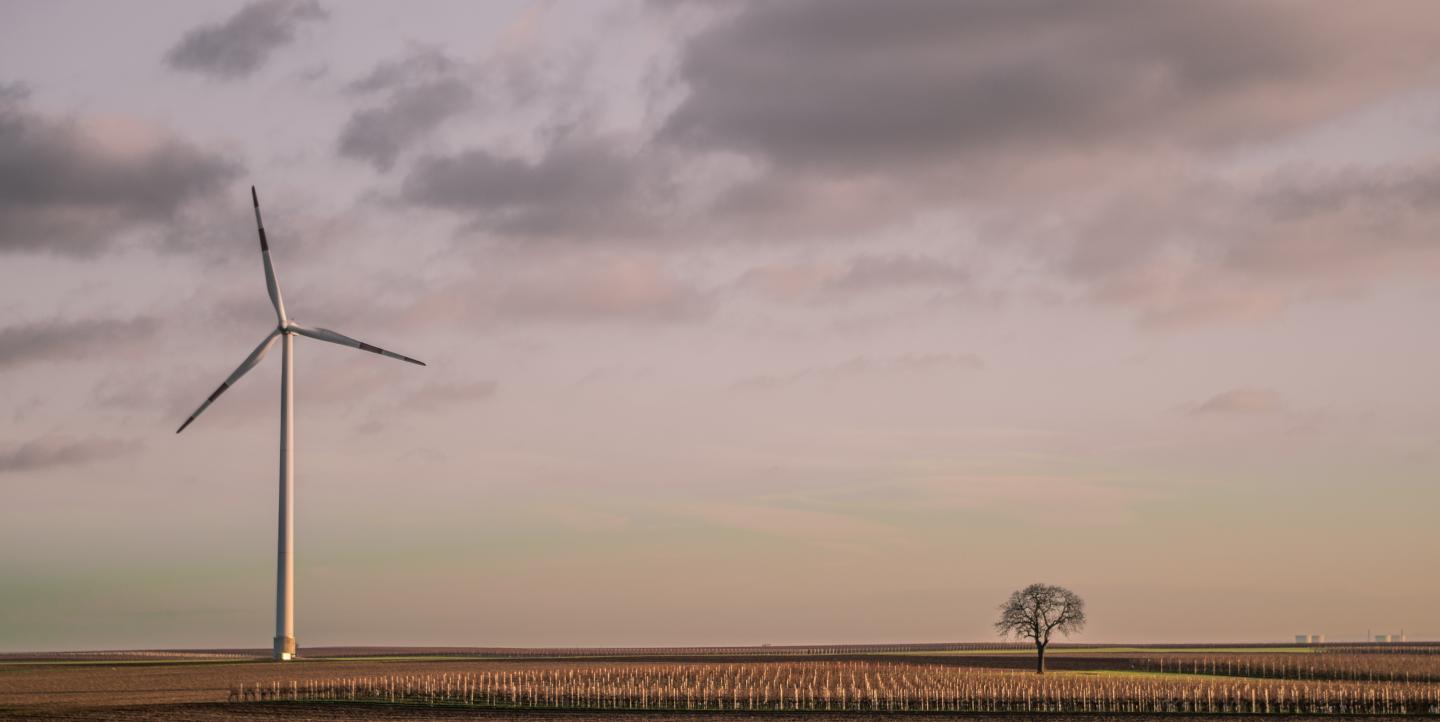Covering climate change through a solutions lens is picking up steam in the media. This is not about telling positive, pat-on-the-back stories about the environment. This model uses investigative techniques and data that rely on scrupulous reporting, to identify policies and practices to help mitigate the crisis.
“Solutions reporting seeks out responses that are working and puts a spotlight on the places that are verifiably getting it right,” said Matthew Kauffman, data project manager for Solutions Journalism Network (SJN). He noted in an SJN blog, “When news outlets ask and answer the question: `Who’s doing it better’ they help their audience see and explore possible opportunities for change.”
How is that concept playing out in today’s newsrooms?
A watershed moment
The U.N. describes the climate crisis as “the biggest threat modern humans have ever faced.” Records show that the last decade was the hottest in human history; wildfires, floods and droughts have become the new normal. This poses a quandary for journalists.
“We have to close the significant gaps between what audiences may need from climate change news coverage if they were to get more engaged in the story and what news providers cover,” noted a World Association of News Publishers’ report. It posed the question: “Could journalists inadvertently be contributing to climate inaction?”
For the past 20 years, noted scholar Maxwell Boykoff has researched how the media covers climate change. He has seen evidence of audiences being turned off.
“I have written about how doom and gloom reporting has been found by researchers to raise awareness, but it may effectively paralyze people from taking action. It can be overwhelming,” said Boykoff, who leads the Media and Climate Change Observatory at the University of Colorado.
The observatory monitors 131 sources across newspapers, radio and TV in 59 countries in seven different regions of the world to measure trends in climate coverage.
Solutions and data team up
SJN’s Kauffman described three approaches on how data interacts with solutions journalism, with links to climate stories that break the mold of doomsday reporting. His three approaches:
- Data as empirical evidence. “Community Ownership Might Be the Best Way to Fight Deforestation," published by Reasons to be Cheerful, an outlet started by David Byrne of Talking Heads. Data showed that turning management of forests over to residents could result in lower rates of deforestation.
- Data as a tip to a possible solutions story. “How Bangladesh is beating the odds on climate disaster deaths,” published by The New Humanitarian. Reporters identified vulnerable countries that had made progress in protecting residents from natural disasters. Starting with data from the Risk INFORM Index and the Global Climate Risk Index, they found Bangladesh was an outlier. A writer explored the policies and practices that were saving lives there.
- Data as a resource for community solutions. “Tribes Use Western and Indigenous Science to Prepare for Climate Change,” spotlighted a report on a data tool developed at the University of Washington that projects how climate events will affect agriculture and fishing, enabling Indigenous communities to anticipate and adapt to changes.
Asking the right questions is an important part of the equation. The Earth Journalism Network (EJN) suggests starting with a local example of action on climate change and tying that to a broader trend or issue.
Among the key questions, EJN suggests:
- Where did this idea come from?
- What evidence is there to show the solutions are working?
- What do researchers say?
- What do the numbers show?
- Who are the critics, and what do they say?
- What metrics matter when it comes to measuring success?
- Is what’s happening in one place with solutions a model for somewhere else?
Other examples of climate solutions journalism:
- The Washington Post’s Climate Solution Section “tells stories of innovators and innovations through every form of journalism we know, from rich narratives to arresting visuals.” An example: “Why companies are racing to build the world’s biggest bug farms.”
- The Guardian’s special report, “Reasons to be hopeful: The climate solutions available now,” featured what key industries, such as deforestation, farming and manufacturing, are doing to help. The story is part of “Covering Climate Now,” a global collaboration of climate coverage.
- In October, NPR hosted “Climate Solutions Week,” spotlighting stories and conversations about the search for answers. Among the offerings was an article titled, “Individual actions you can take to address climate change.”
Stories like these can make a difference. A University of Maryland study found that news consumers exposed to solutions felt they could better influence climate change policy and support actions to address it. Focusing only on the negative aspects of climate change gives a false impression that there is nothing that can be done about it, the report found.
Other Resources
- Covering Climate Now: Climate Solutions Reporting Guide lists categories of stories to cover and questions to jump-start interviews on a variety of topics. It’s an excellent tool for self-driven learning or staff development.
- Solutions Journalism Network: Examples, tips, guidelines and a tracker for solution stories. The resources can help journalists develop new skills on solutions reporting.
- Oxford Climate Journalism Network: A program of the Reuters Institute for the Study of Journalism, the Network includes a Global South Climate Database of experts from Asia, Africa, Latin America and the Pacific.
- Project Drawdown: Focuses on science-based solutions and strategies, shifting from “doom and gloom” to “possibility and opportunity.” It also offers advice on how to give voice to “underrepresented climate heroes” through storytelling.
- Earth Journalism Network: Its resource, “Reporting on climate change through a solutions lens,” provides dos and don’ts for climate reporters. A sampling: Use data! Ground lived experiences in research and vice versa; don’t promote silver bullets or one-size-fits-all solutions and avoid false balance.
This article was adapted from a story originally posted on DataJournalism.com. It was edited and republished on IJNet with permission.
Photo by Karsten Würth on Unsplash


